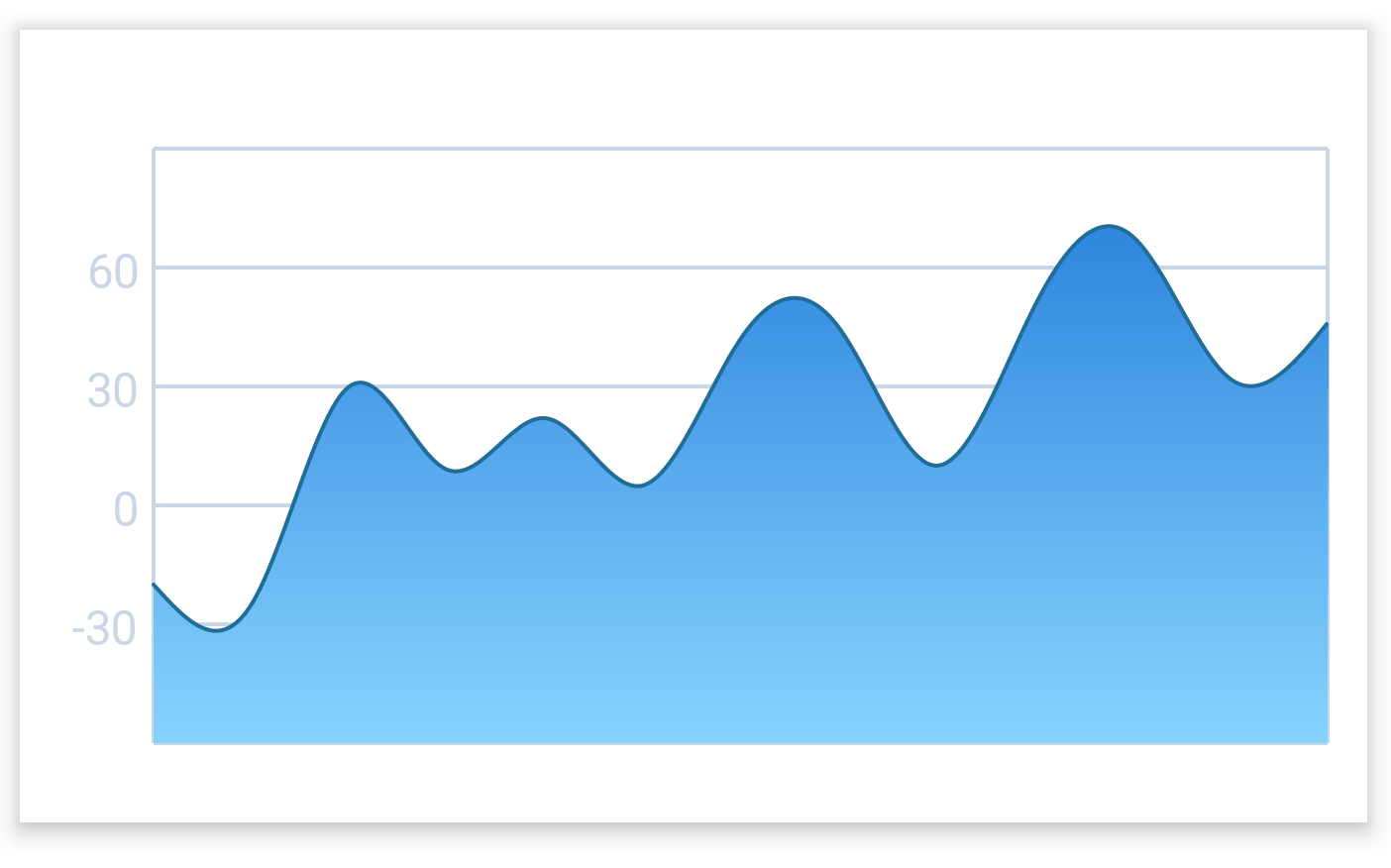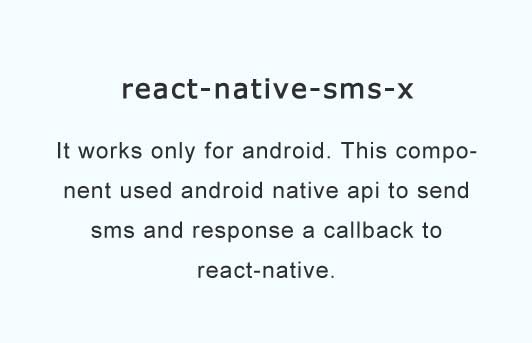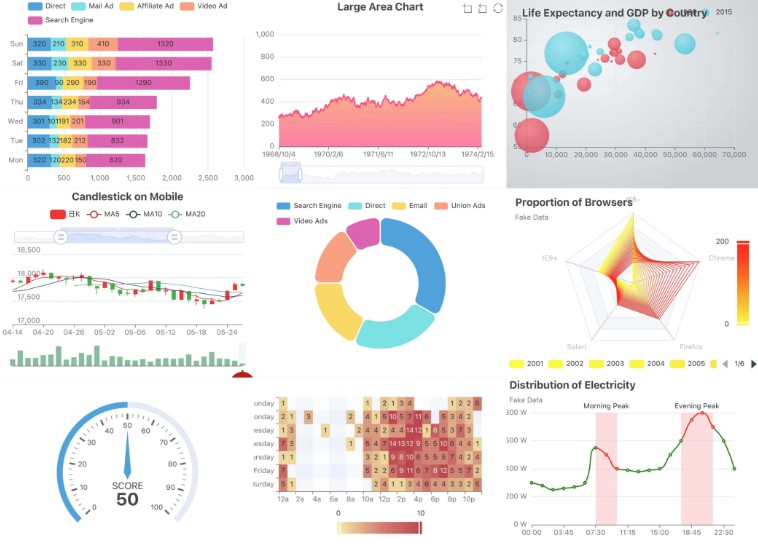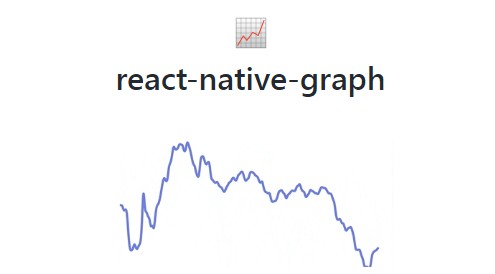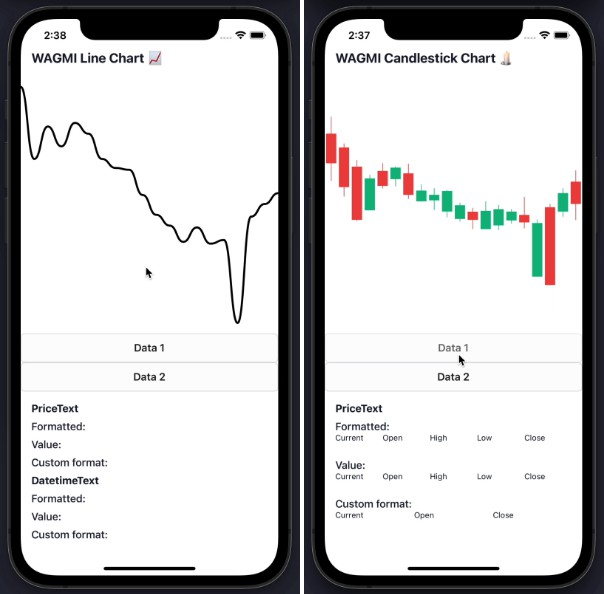react-native-responsive-linechart
A customizable and responsive linechart for react-native.
Installation
npm install react-native-responsive-linechart
import LineChart from "react-native-responsive-linechart";
No need to set an explicit width and height! Percentages or flex work just fine.
Quick example
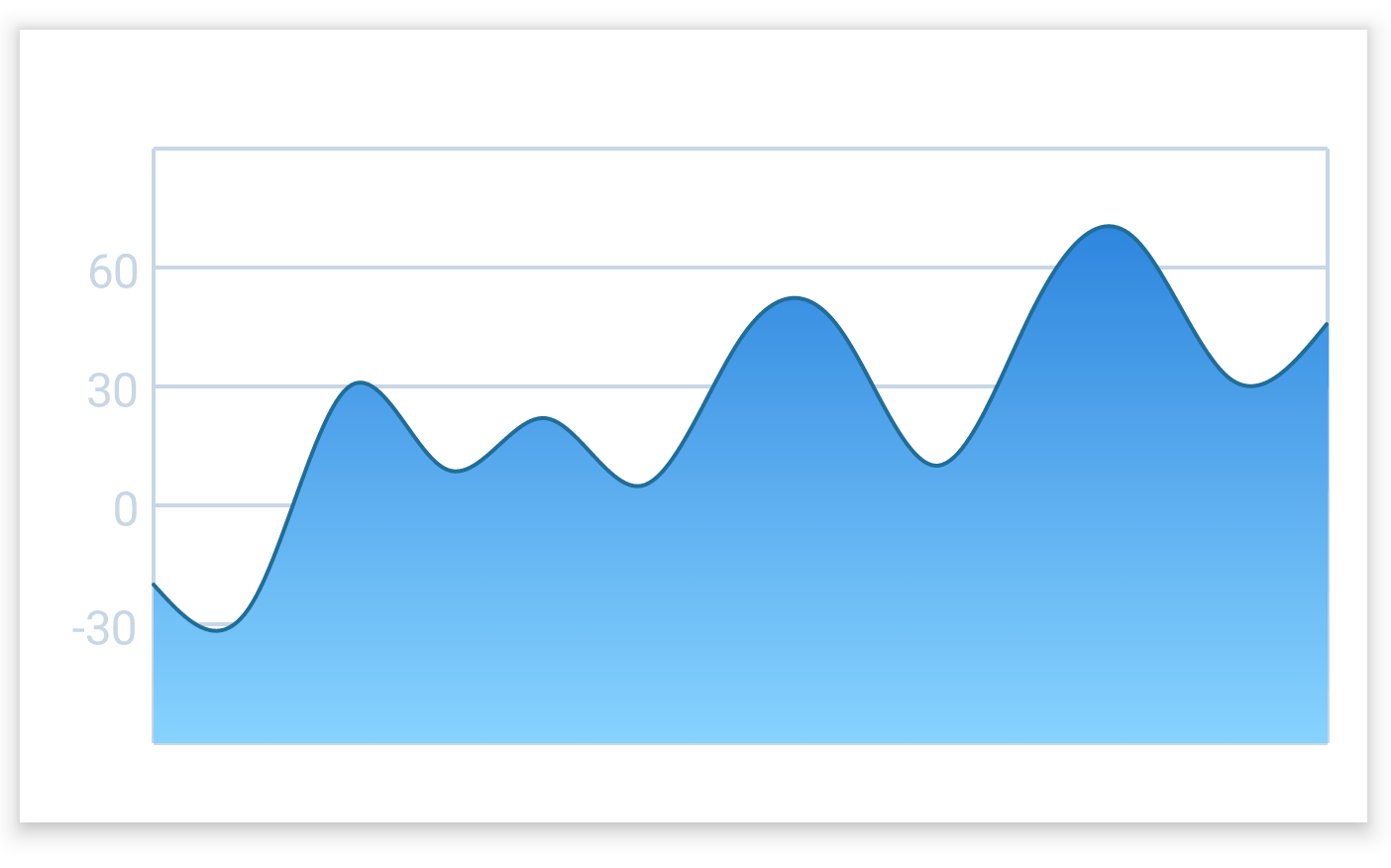
<LineChart style={{ flex: 1 }} config={config} data={data} />;
const data = [-10, -15, 40, 19, 32, 15, 52, 55, 20, 60, 78, 42, 56];
const config = {
line: {
strokeWidth: 1,
strokeColor: "#216D99"
},
area: {
gradientFrom: "#2e86de",
gradientFromOpacity: 1,
gradientTo: "#87D3FF",
gradientToOpacity: 1
},
yAxis: {
labelColor: "#c8d6e5"
},
grid: {
strokeColor: "#c8d6e5",
stepSize: 30
},
insetY: 10,
insetX: 10,
interpolation: "spline",
backgroundColor: "#fff"
};
Reference
LineChart
| Property | Type | Description | Example |
|---|---|---|---|
| data | array | Your numeric data | [10, 22, 13, 15, 25] |
| xLabels | array | Optional labels for the X axis | ['jan', 'feb', 'mar'] |
| config | object | Chart configuration object | See next section |
| scrollOffset | number | The x scrollOffset of parent scrollview | See next section |
scrollOffset is only necessary if you need tooltips in a sideways scrollable chart.
Default Config
const defaultConfig = {
grid: {
visible: true,
backgroundColor: "#fff",
strokeWidth: 1,
strokeColor: "#ededed",
stepSize: 15
},
line: {
visible: true,
strokeWidth: 1,
strokeColor: "#333"
},
area: {
visible: true,
gradientFrom: "#be2ddd",
gradientFromOpacity: 1,
gradientTo: "#e056fd",
gradientToOpacity: 0.4
},
yAxis: {
visible: true,
labelFontSize: 12,
labelColor: "#777",
labelFormatter: v => String(v)
},
xAxis: {
visible: false,
labelFontSize: 12,
labelColor: "#777"
},
tooltip: {
visible: false,
textFormatter: v => v.toFixed(2),
lineColor: "#777",
lineWidth: 1,
circleColor: "#fff",
circleBorderColor: "#fff",
circleBorderWidth: 1,
boxColor: "#fff",
boxBorderWidth: 1,
boxBorderColor: "#777",
boxBorderRadius: 5,
boxPaddingY: 0,
boxPaddingX: 0,
textColor: "black",
textFontSize: 10
},
insetY: 0,
insetX: 0,
interpolation: "none",
backgroundColor: "#fff"
};
More examples
const data = [-10, -15, 40, 19, 32, 15, 52, 55, 20, 60, 78, 42, 56];
const config = {
line: {
visible: true,
strokeWidth: 1,
strokeColor: "#54a0ff"
},
area: {
visible: false
},
yAxis: {
labelColor: "#54a0ff"
},
interpolation: "spline",
insetY: 10,
insetX: 10
};
const data = [-10, -15, 40, 60, 78, 42, 56];
const labels = ["jan", "feb", "mar", "apr", "may", "jun", "jul"];
const config = {
line: {
visible: true,
strokeWidth: 2,
strokeColor: "#341f97"
},
area: {
visible: false
},
yAxis: {
visible: true,
labelFormatter: v => String(v) + " °C"
},
xAxis: {
visible: true
},
grid: {
stepSize: 15
},
insetY: 10,
insetX: 10
};
const data4 = [-10, -15, 40, 19, 32, 15, 52, 55, 20, 60, 78, 42, 56];
const config4 = {
interpolation: "spline",
line: { strokeColor: "#be2ddd", strokeWidth: 2 },
yAxis: { visible: false },
grid: { visible: false }
};
const data5 = [-10, -15, 40, 19, 32, 15, 52, 55, 20, 60, 78, 42, 56];
const config5 = {
interpolation: 'spline',
area: {
gradientFrom: '#10ac84',
gradientFromOpacity: 1,
gradientTo: '#10ac84',
gradientToOpacity: 0.4,
},
line: {
visible: false
}
}```
Note: the cards around the charts are not included.
